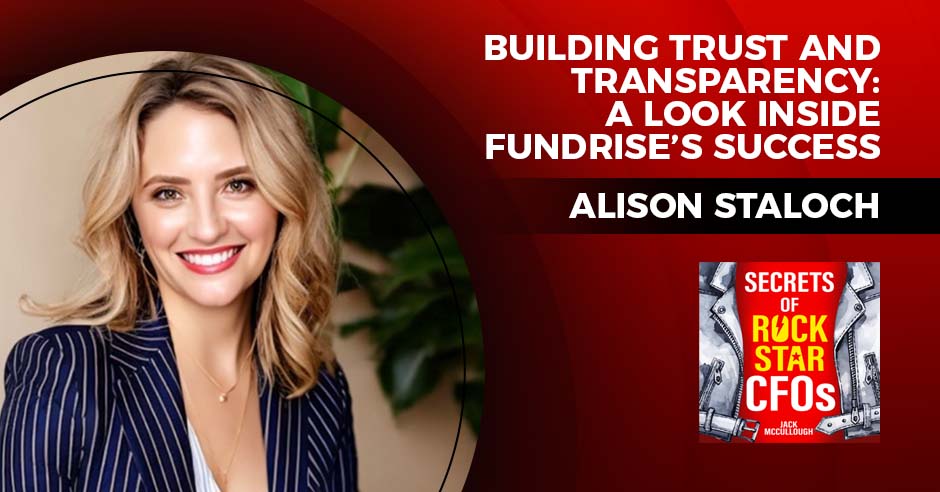Selling a business can be a powerful strategic move. It can open up new strategies and opportunities, create more exposure and provide tools, manpower and resources previously unavailable. It can also be a way for owners to monetize their equity and potentially move to their next venture or into retirement.
Of course, for any of that to happen, it has to be executed properly.
The lion’s share of the work that goes into selling a business takes place long before you get to the negotiating table, and a lot of that work falls squarely on the shoulders of the company’s CFO.
With that in mind, a CFO should understand how to prepare for a sale. This preparation can mean the difference between the success or failure of the deal, the sale price and terms, and in some cases, even whether or not the company survives.
Here are three critical steps that CFOs need to take to improve a company’s sellability and prepare a business to be bought.
Build the Right Deal Team
Your deal team is a small cadre of internal decision-makers and external strategic advisors who will drive any acquisition discussions. Because of the highly sensitive nature of acquisition talks, you’ll want a small internal team composed of the most strategic thinkers with a demonstrated ability to keep things secret. Members of the C-suite should be involved to start, and other team members can be added as their expertise is required.
You’ll also want to hire the best strategic advisors you can find. Sell-side investment banks, business brokers, M&A legal counsel and other consultants can be expensive but their expertise should more than pay for itself as you approach closing a deal. Screen candidates for their competence, reputation and potential network of acquirers.
Convene regular meetings with your Deal Team to review relevant documents, discuss buyer feedback, and establish and manage strategic actions. The better your communications, the better deal you’ll walk away with at the end of the process.
Build It Before You Need It
We’ve heard it many times before: “Time kills all deals.” There is nothing that kills nascent deals more than unnecessary delays. Serious buyers move on when things don’t move as fast as they want.
That’s why it’s wise to have your documents ready ahead of time. Build a dealroom and fill it with the documents you expect to be requested. Your outside advisors can provide specific templates and checklists to make sure you have a comprehensive offering.
Keep those documents updated and err on the side of providing too much information so that you aren’t put behind the 8-ball when a new request comes in. This lets you maintain momentum when it’s most critical.
Build for Multiple Futures
M&A can be a massive distraction from the day-to-day activities required to build and manage a business. It’s important to remember that if you put too much focus on the deal process you can take away needed resources from the very thing you’re engaged in selling.
Build and manage your business as if it will never sell. Focus on creating a vibrant culture, hire the right people and hit your sales and profitability numbers. If it never sells, you’re still proud of what you’ve built.
At the same time, make your growth plans with acquisition in mind. Hire those people in your industry that other people would want to have on their bench. Make purchasing decisions informed by what potential buyers find attractive, too.
Keep in mind, buyers can smell desperation. If your underlying business isn’t healthy, you’ll pay the price during negotiations. Running a business and selling one is a difficult balancing act but critical to success.
And here’s one more critical point: go forward confidently. Selling a business is one of the most powerful strategic paths a company can follow during its lifecycle. The process is fraught with danger and the resulting transaction—or lack of one—can have implications for years to come.
CFOs who provide the leadership to the organization, build the tools before they are needed, and and lean into strong advice will produce superior results for all stakeholders.








